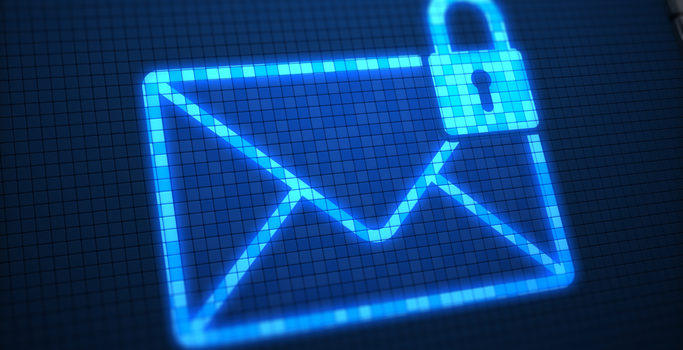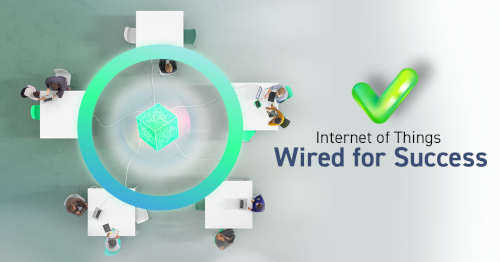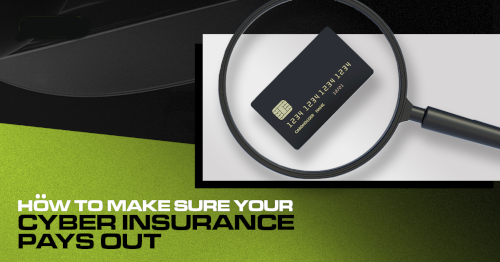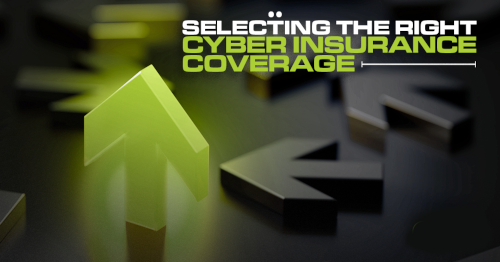Exchange email is an essential tool for any business. By leveraging the cloud, organizations no longer have to house email servers on-premises, lowering costs and improving accessibility. While many Exchange environments offer the same features and functionality, they don’t all have the same security.
If you’re considering a switch to Exchange or updating your current environment, consider these top tips for the most secure solution.
The State of Email Security
Email is essential to business communications. It’s also a vehicle for infiltrating networks via phishing techniques. According to the 2020 Verizon Data Breach Investigations Report, 25 percent of data breaches involved phishing.
The pandemic has also been a flame to the fire for phishing. From February to May of this year, phishing attacks have risen over 600 percent in some areas.
Phishing isn’t the only cause for concern. Many workers send sensitive data via email without encryption or security protocols, making it easy for hackers to intercept.
You know these risks are real and have the potential to devastate your business. There are legal and brand reputation consequences for failing to protect against them. While there are threats internally and externally to your email security, there are also best practices to take to minimize risk.
Tips for Secure Email Exchange
Protect your email communication by implementing and maintaining these best practices.
Choose an Exchange Partner with Credentials
Any cybersecurity expert will vouch for the fact that cloud Exchange email is much safer than on-premises solutions. You likely don’t have the resources to build a robust security infrastructure, but the right Exchange partner can.
To gauge the safety of a provider, look for one that meets established auditing standards, such as PCI (payment card industry) and SOC 2 Type II. Achieving these standards is a clear message that the provider has security and data breach protocols in place.
Ensure Physical Security of Your Email Servers
Exchange email lives in the cloud, but there are still physical servers at data centers. That means there is still a level of physical security. When comparing providers, ask about the facility’s security.
Do they have camera surveillance? Secure access policies? Security guards?
Use Email Encryption
You can significantly reduce the risk of email data leaks with encryption. Email encryption delivers specific defenses, with outbound email content filtering and scanning of the content and attachments. The technology uses Public Key Infrastructure (PKI), S/MIME, and X.509 certificates to verify confidentiality, user authentication, and message integrity.
This functionality is a requirement for certain compliance mandates, like HIPAA. However, it can be a useful tool for any industry, regulated or not. With Exchange, you can configure your policies around encryption to cover your specific needs.
Protect Mobile Devices
One of the most important benefits of Exchange email is its mobility. Your team can check email from any device, and many are probably using smartphones. When comparing different providers, be sure to ask if security features extend to mobile. Don’t assume that they do.
With smartphone protection, you’ll also have peace of mind about lost or stolen devices. You can remote wipe them if necessary to protect confidential or private data.
Arm Your Email System with the Right Defenses
In the world of rising cybersecurity risk, your email system needs proactive defenses. You’ll find them with a multi-layered approach. Those defenses may include:
- Anti-spam filtering: Removing spam can mitigate risks and improve bandwidth. You can control these settings and create white and black lists.
- Continuous updates: Exchange should be auto-updating to fix any weaknesses from previous versions.
- Malware protection: Stop malware from ever hitting the inbox.
- Safe link features: This functionality prevents users from accessing known phishing sites.
- Tier-1 antivirus: This security principle is universal, but not all protections are the same. Seek out solutions with proactive scanning and frequent virus definition updates.
Document Email Practices and Educate Users
Having a robust environment and proactive protections is essential to Exchange security, but so are your users. Your organization should document the policies around sending emails, especially if the information is confidential or protected.
Employees can often be the “weak” link in security. They can also be the last line of defense. To empower them, you’ll need to educate them. Practice this as part of your culture, so they know what to look for and how to handle certain scenarios.
NTELogic Exchange Email Goes Beyond Secure
Our Exchange email platform delivers an abundance of security features. The platform encompasses all the best practices and more. Additionally, it offers flexibility and can boost productivity.














No Comments
Sorry, the comment form is closed at this time.